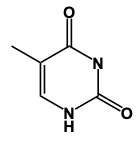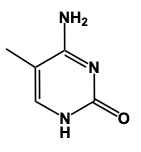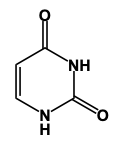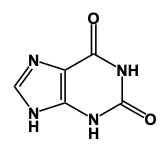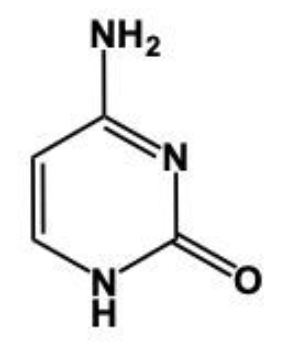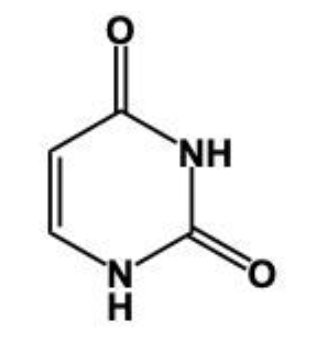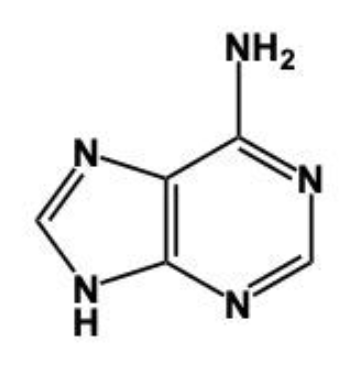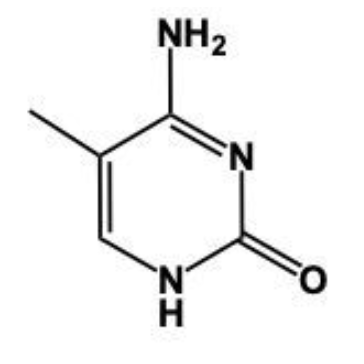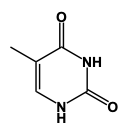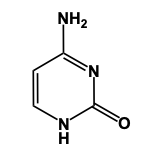Nitrogenous bases are essential components of nucleic acids, categorized into two main groups: pyrimidines and purines. Pyrimidines are characterized by their single-ring structure, while purines have a double-ring structure. Understanding these categories is crucial for grasping the molecular architecture of DNA and RNA.
The pyrimidines include three key nitrogenous bases: cytosine (C), thymine (T), and uracil (U). Thymine is exclusive to DNA, whereas uracil is found only in RNA. A helpful mnemonic to remember these bases is "creepy tombs under pyramids," where "creepy" stands for cytosine, "tombs" represents thymine, and "under" signifies uracil. Their one-letter abbreviations are C, T, and U, respectively.
On the other hand, purines consist of adenine (A) and guanine (G). These bases are identified by their fused double-ring structure. A useful memory aid for purines is "pure as gold," where "pure" refers to purines, "A" stands for adenine, and "G" represents guanine. The one-letter abbreviations for purines are A and G.
In summary, nitrogenous bases can be effectively grouped into two categories: pyrimidines (C, T, U) and purines (A, G). This classification is fundamental for understanding the structure and function of nucleic acids in biological systems.

